The art of weaving has been a cornerstone of human civilization for thousands of years. From the intricate patterns of woven herringbone fabrics to the simplicity of plain woven linen, natural woven fabrics have been a testament to the ingenuity and creativity of craftsmen and women throughout history. This article delves into the rich history and craftsmanship behind these timeless textiles, exploring their evolution, cultural significance, and the techniques that have been passed down through generations.
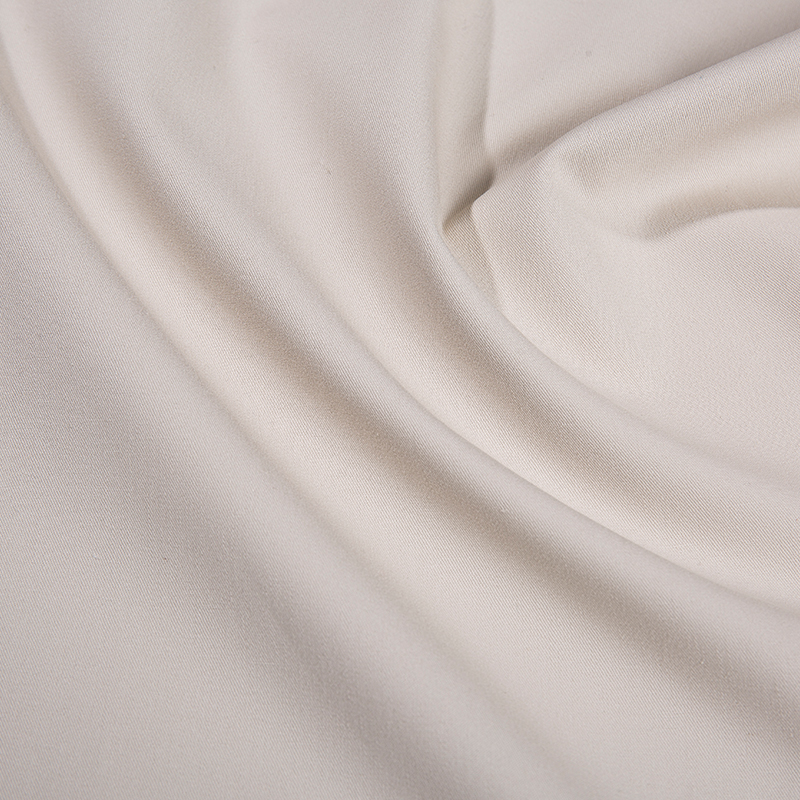
The Origins of Natural Woven Fabrics:
The earliest known instances of natural woven fabrics date back to ancient civilizations such as Mesopotamia, Egypt, and China. These early weavers used plant fibers, like flax for linen, to create simple yet functional textiles. The plain woven linen of these early cultures was not only a practical choice but also a symbol of status and wealth. As techniques evolved, so did the complexity of the designs, with the introduction of the woven herringbone fabric, which boasted a more textured and visually appealing pattern.
The Renaissance of Craftsmanship:
During the Middle Ages, the craft of weaving saw a significant revival, particularly in Europe. The introduction of new looms and the expansion of trade routes allowed for the exchange of ideas and the development of more sophisticated woven herringbone fabrics. Weavers began to experiment with different fibers, such as wool and silk, which added a new dimension to the natural woven fabric industry. The craftsmanship involved in creating these fabrics was highly valued, and the intricate patterns of woven herringbone fabric became a mark of quality and luxury.
The Industrial Revolution and Beyond:
The Industrial Revolution brought about a shift in the production of natural woven fabrics. Mechanized looms allowed for mass production, making plain woven linen and other natural fabrics more accessible to the general population. However, this also led to a decline in the appreciation for the artisanal skills that had been so highly prized in earlier times. Despite this, the charm of handcrafted natural woven fabrics never faded, and today, there is a resurgence of interest in these traditional crafts, with many consumers seeking out the unique qualities of handmade woven herringbone fabric and plain woven linen.
Cultural Significance and Symbolism:
Natural woven fabrics have played a significant role in various cultures around the world. In some societies, the woven herringbone fabric was reserved for royalty and the elite, symbolizing power and status. In contrast, plain woven linen was often associated with the everyday garments of common people, reflecting its practicality and durability. The craft of weaving was not only a means of producing clothing but also a form of storytelling, with patterns and designs often carrying cultural and historical significance.
Sustainability and Modern Applications:
In recent years, there has been a growing awareness of the environmental impact of the fashion industry. This has led to a renewed interest in natural woven fabrics, particularly those that are sustainably sourced and produced. Woven herringbone fabric, plain woven linen, and other natural textiles are now being celebrated for their eco-friendly properties. These fabrics are biodegradable and require less water and energy to produce compared to synthetic alternatives. Designers and consumers alike are embracing the timeless elegance and sustainability of natural woven fabrics, integrating them into modern fashion and home decor.
The journey of natural woven fabrics, from their humble beginnings to their status as symbols of luxury and sustainability, is a testament to the enduring appeal of craftsmanship and the human connection to nature. Woven herringbone fabric, plain woven linen, and other natural woven fabrics are more than just textiles; they are threads that weave together the story of human ingenuity, cultural heritage, and our shared commitment to preserving the environment for future generations. As we continue to explore and innovate with these timeless materials, the legacy of natural woven fabrics will be woven into the very fabric of our lives.
 EN
EN English
English 中文简体
中文简体 Español
Español عربى
عربى bahasa Indonesia
bahasa Indonesia


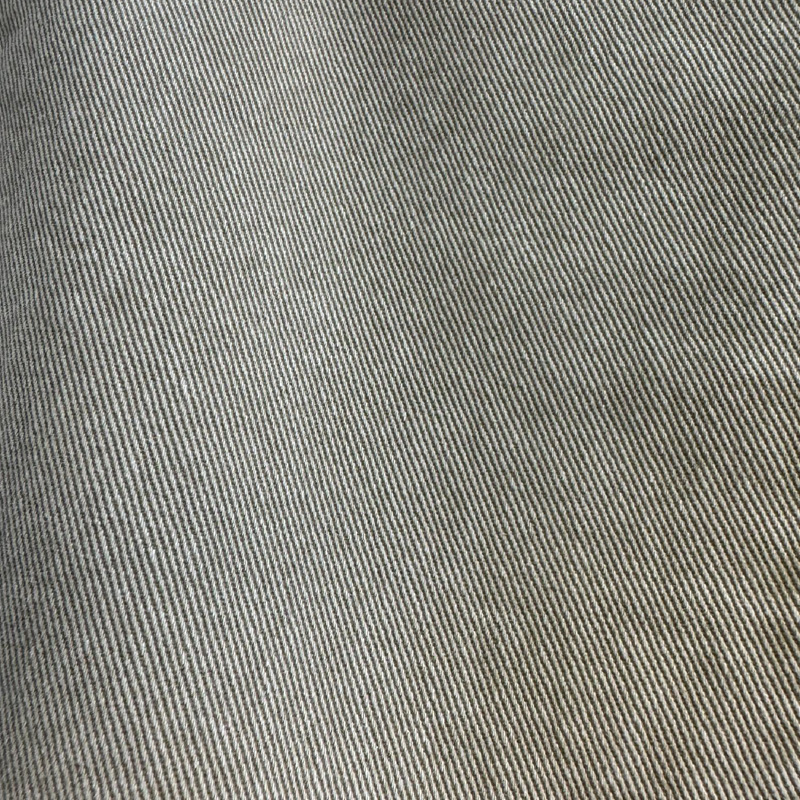
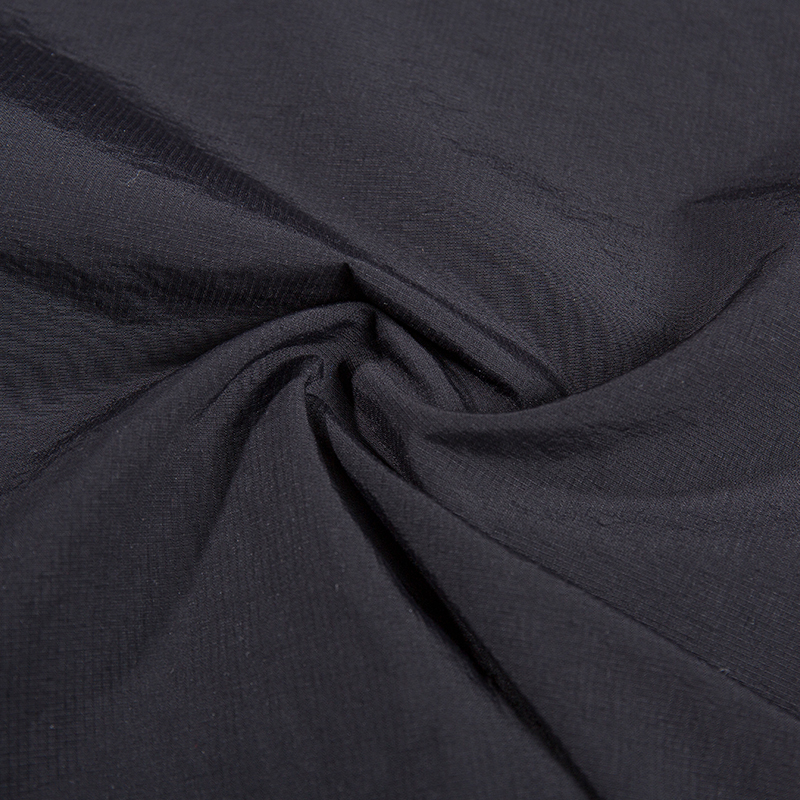


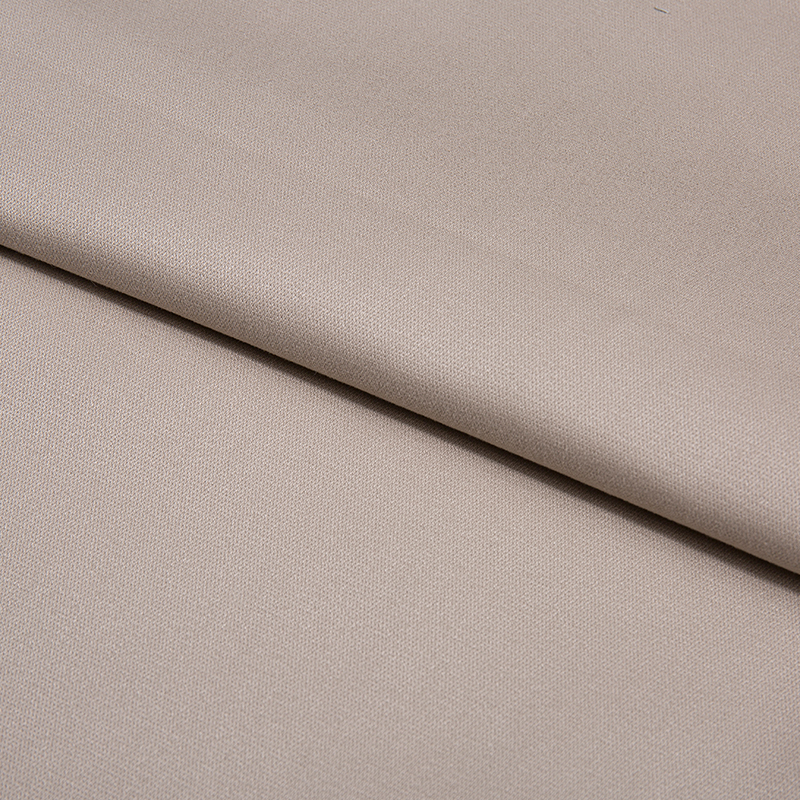
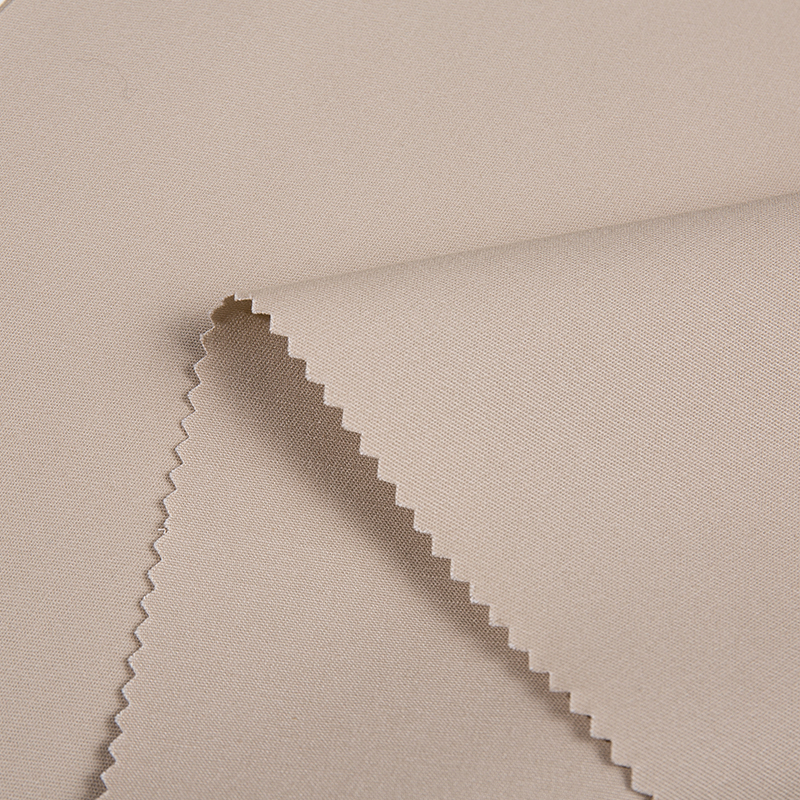
 Add: Beside National Highway 330, Zhuge Town, Lanxi City, Zhejiang Province, China
Add: Beside National Highway 330, Zhuge Town, Lanxi City, Zhejiang Province, China Phone: +86-579-89022355
Phone: +86-579-89022355

